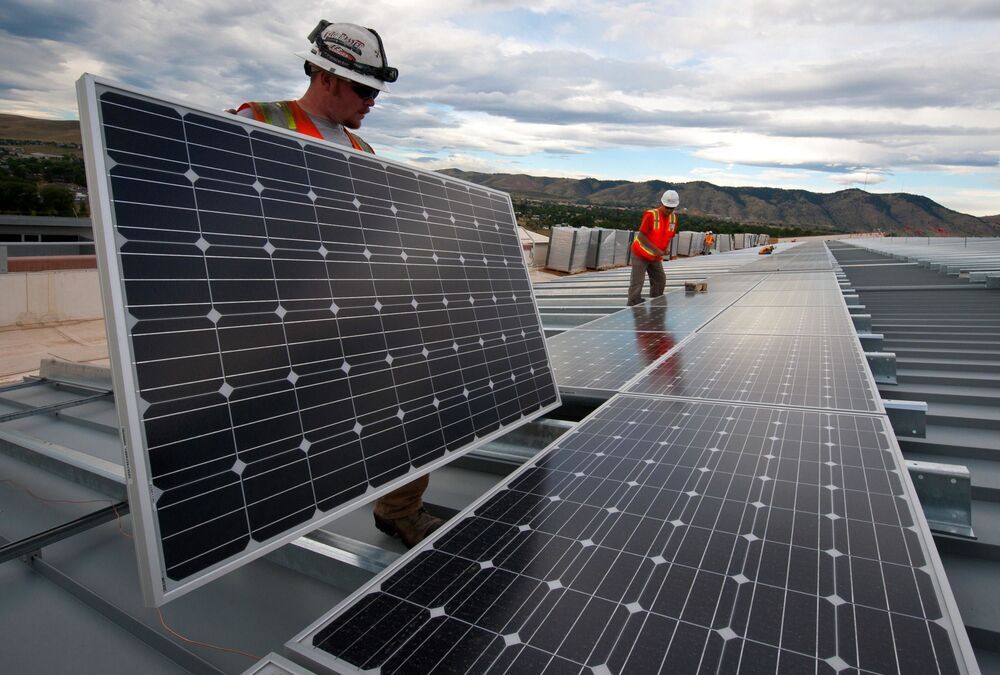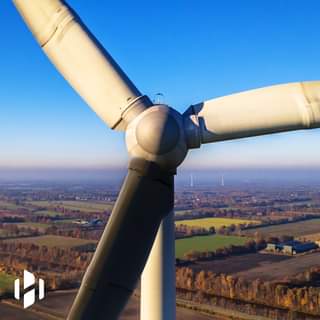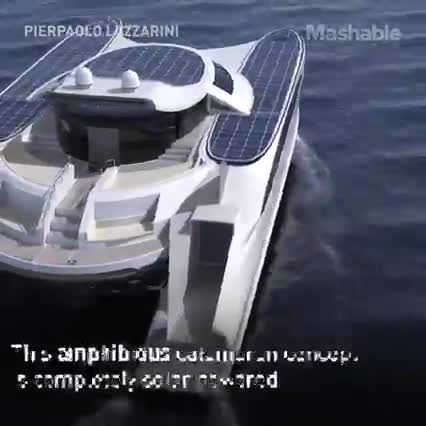Ultimately, Cyrille Przybyla, an aquaculture researcher at the French Research Institute for Exploitation of the Sea who led the research, dreams of designing a lunar fish farm that uses water already on the moon to help feed residents of the future Moon Village set to be established by the European Space Agency (ESA). The Lunar Hatch project is just one of around 300 ideas currently under evaluation by the ESA, and may or may not be selected for the final mission. Przybyla’… See More.
To boldly farm fish where no one has farmed fish before.









